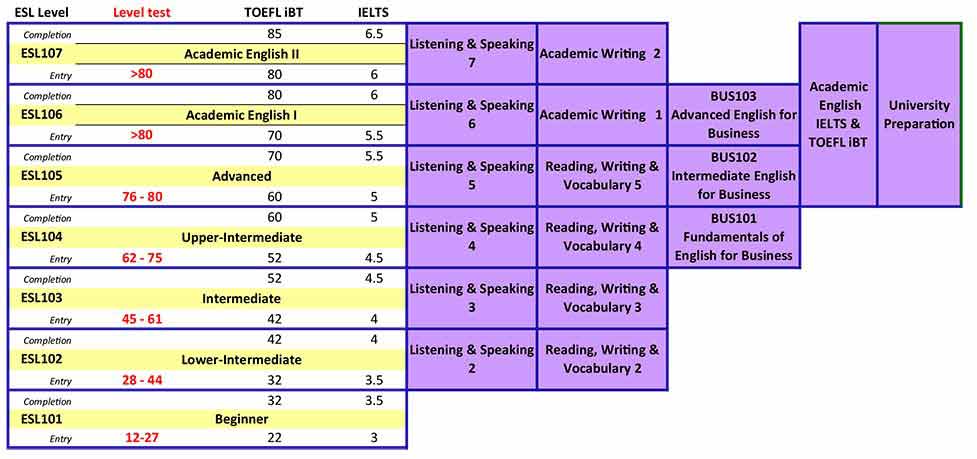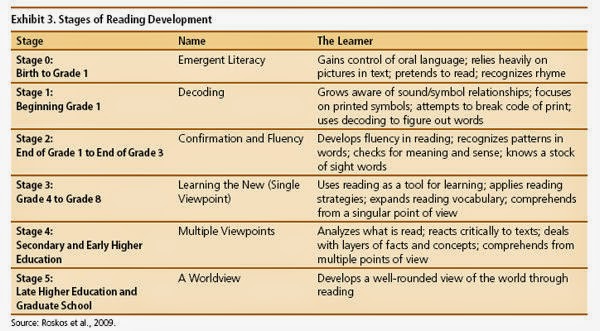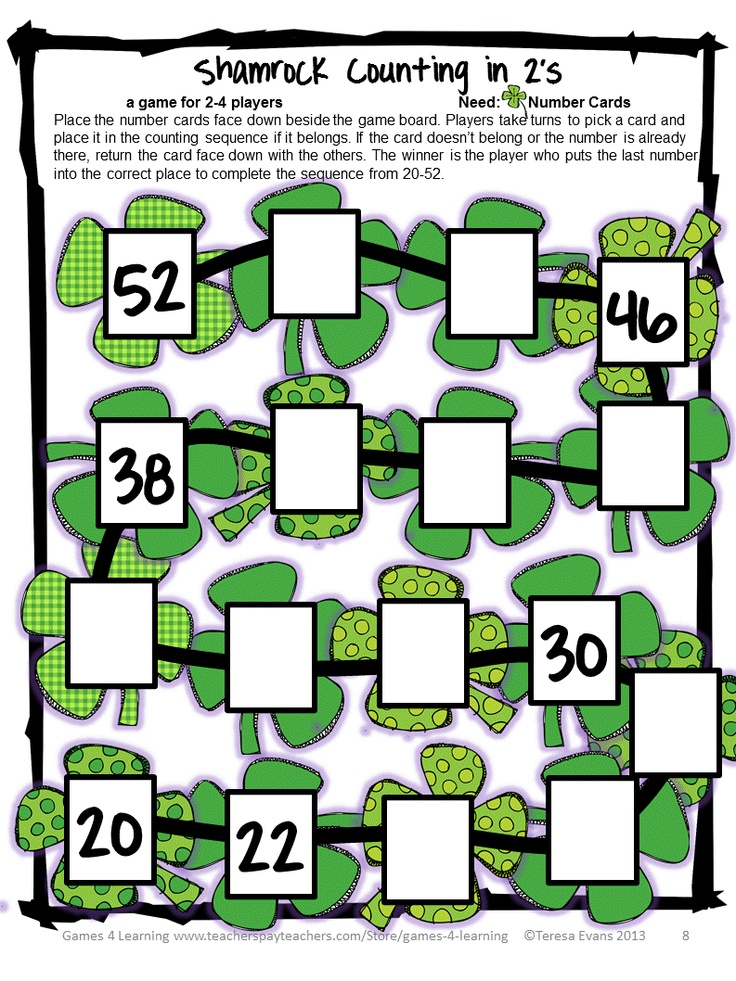Vowels sounds examples
Vowel sounds — English Language Club
Share This Post
When we think about the alphabet we think of 5 vowels A, E, I, O, U. However, when it comes to pronunciation, there are many vowel sounds. In this video we will look at the vowel sounds from the International Alphabet.
Vowel Sounds
When we think about the alphabet we normally think of there being 5 vowels A, E, I, O, U. However, when it comes to pronunciation, there are many vowel sounds and these sounds can be spelt in different ways which can be a little inconsistent. This makes things difficult when learning English especially as in many other languages the vowels are pronounced more consistently with how they they are spelled. There are 12 sounds that we will be looking at in this video and they are the single vowels or monophthongs. The place of each symbol on the chart tells us something about how it is produced.
Remember!
Pronunciation is physical and as we go through these sounds you need to think about these three questions; Is your mouth open, closed or in the middle? What is the position of your tongue? What shape are your lips?
Examples of Vowel Sounds
For the vowel sounds on the top row the mouth is almost closed
- /i:/, /ɪ/, /ʊ/ and /u:/
For the vowel sounds on the bottom row the mouth is almost wide open.
- /æ/, /ʌ/, /ɑ:/ and /ɒ/
For the sounds on the left, our tongue is near the front teeth.
- /i:/, /e/ and /æ/
When we get to the right, it has moved back a little bit.
- /u:/, /ɔ:/ and /ɒ/
Lets look at some examples words for each vowel sound.
- /i:/, as in “me”, “these”, “need” and “be”.
- /ɪ/ as in “with”, “this”, “if” and “think”.
- /ʊ/ as in “put”, “would”, “look”, and “woman”.
- /u:/ as in “to”, “you”, “new” and “who”.
Do you see how the position on the chart relates to where the sound comes from?
On the second row the mouth is open a little more. Again the tongue should move back a little as we go through them from left to right.
- /e/ as in “get”, “when”, “well” and “very”.
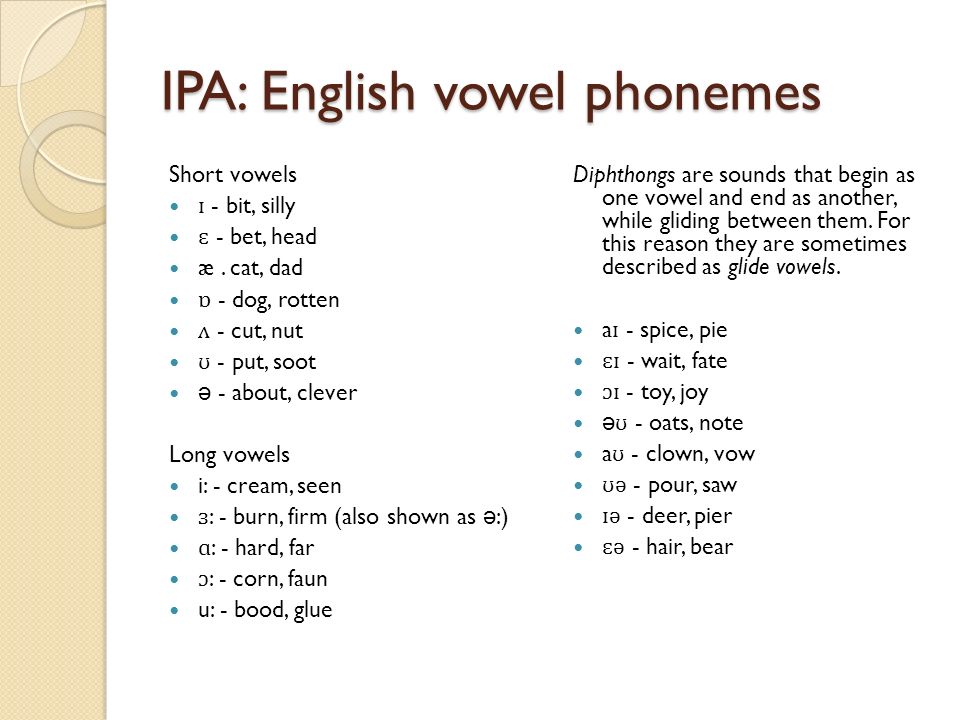
- /ə/ as in “the”, “about”, “could” and “us”.
- /ɜ:/ as in “her”, “work”, “learn”, and “word”.
- /ɔ:/ as in “or”, “also”, “more”, and “call”.
Now lets look at the bottom row where our mouth should be almost wide open.
- /æ/ as in “have”, “that”, “as”, and “can”.
- /ʌ/ as in “but”, “up”, “one”, and “much”.
- /ɑ:/ as in “start”, “ask”, “large” and “after”.
- /ɒ/ as in “of”, “on”, “from” and “not”.
So that is all the single vowels. Obviously there are a lot more examples but the examples in this video are some of the most common words. The important thing to remember is that pronunciation is physical.
Well thanks for reading. I hope you found it useful.
Improve your pronunciation
subscribe to our newsletter for pronunciation tips
PrevPreviousDiphthongs: How to pronounce the Diphthong Sounds
NextPresent Continuous for HabitsNext
More To Explore
Pronunciation
ng sound: How to pronounce the ŋ sound (/ŋ/ Phoneme)
This lesson is about the ng sound, (/ŋ/ Phoneme), as in the words: think thing walking It is a sound from the Single Consonants group.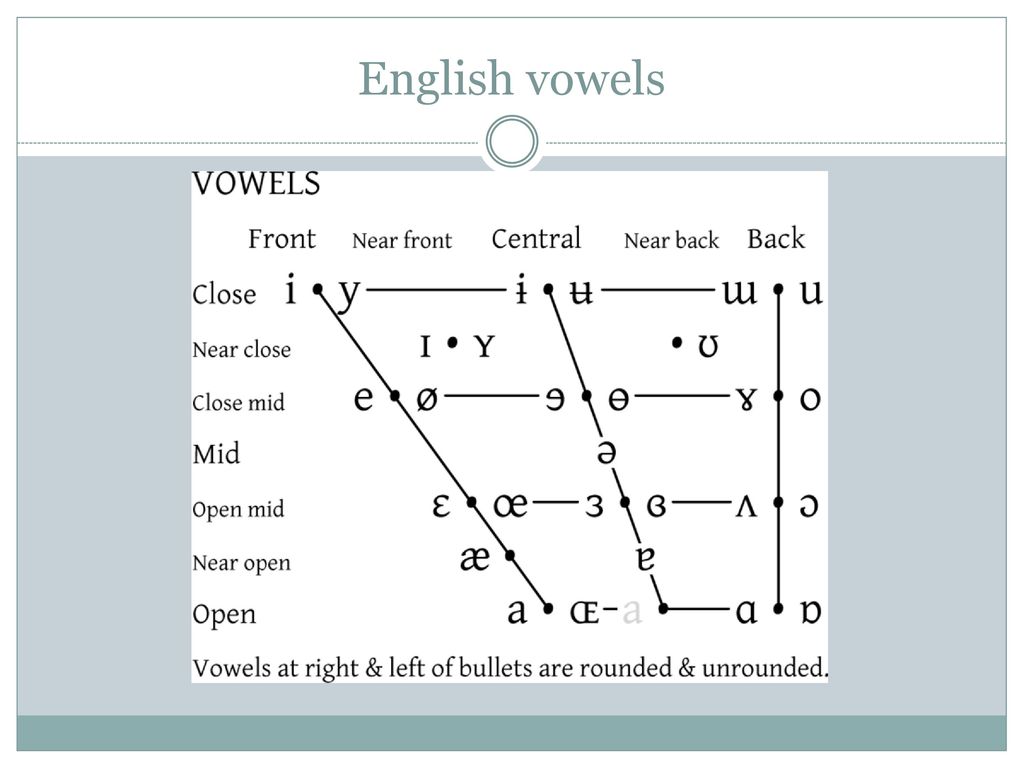 How
How
Colin Munro September 9, 2021
Pronunciation
i: Sound: How to pronounce the i: sound (/i:/ Phoneme)
The i: sound is a Vowel sound called the ‘Close Front Unrounded Vowel’. So your tongue is high and at the front of your mouth.
Colin Munro September 9, 2021
Do You Want To Improve Your Pronunciation?
Get our free phonetics app
Download
English vowel sounds | EnglishRadar
British English vowel sounds
We explain the 20 British English vowel sounds in videos (Lessons 1-5) and give examples of spelling and quizzes as part of our English pronunciation sounds course.
Learn pronunciation with videos
We also recommend watching the introduction to our British English pronunciation sounds course.
The whole course has 12 videos and you can learn all the British English pronunciation sounds in less than 30 minutes.
(1) English vowel sounds: iː ɪ ʊ uː
You can watch, listen and repeat each vowel sound (iː ɪ ʊ uː) and the examples.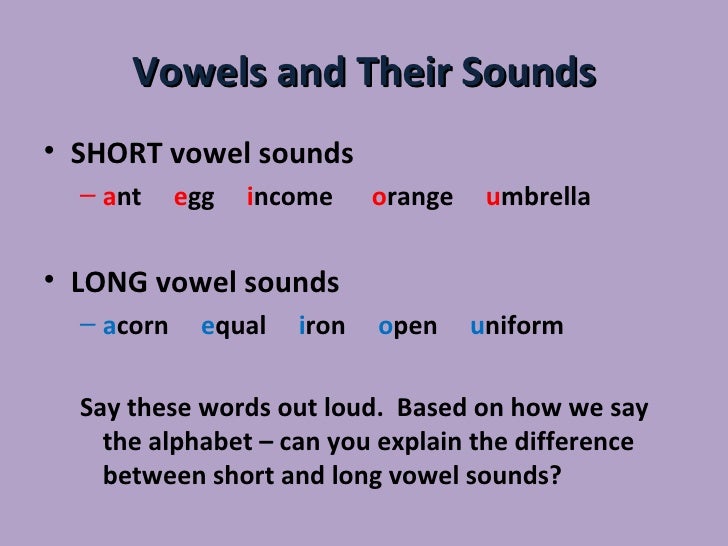
Spellings: iː ɪ ʊ uː
Here are spelling examples for each vowel sound (iː ɪ ʊ uː).
| iː | be, see, beach, ski, city |
| ɪ | big, busy, England, been, myth |
| ʊ | full, look, woman |
| uː | who, food, music, you, new |
Quiz: iː ɪ ʊ uː
Choose the vowel sound (iː ɪ ʊ uː) that we have underlined in each word.
Good luck and please share!
(2) English vowel sounds: e ə ɜː ɔː
You can watch, listen and repeat each vowel sound (e ə ɜː ɔː) and the examples.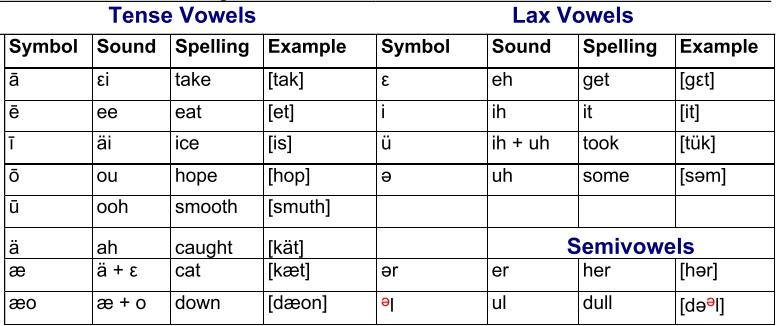
Spellings: e ə ɜː ɔː
Here are spelling examples for each vowel sound (e ə ɜː ɔː).
| e | egg, head, any, friend, said |
| ə | the, brother, doctor, popular, arrive |
| ɜː | person, nurse, bird, work, earth |
| ɔː | for, door, saw, walk, warm |
Quiz: e ə ɜː ɔː
Choose the vowel sound (e ə ɜː ɔː) that we have underlined in each word.
Good luck and please share!
(3) English vowel sounds: æ ʌ aː ɒ
You can watch, listen and repeat each vowel sound (æ ʌ aː ɒ) and the examples.
Spellings: æ ʌ aː ɒ
Here are spelling examples for each vowel sound (æ ʌ aː ɒ).
| æ | apple |
| ʌ | sun, money, does, touch, flood |
| aː | car, father, are, aunt, heart |
| ɒ | dog, watch, because, cough |
Quiz: æ ʌ aː ɒ
Choose the vowel sound (æ ʌ aː ɒ) that we have underlined in each word.
Good luck and please share!
(4) English vowel sounds: ɪə eɪ ʊə ɔɪ
You can watch, listen and repeat each vowel sound (ɪə eɪ ʊə ɔɪ) and the examples.
Spellings: ɪə eɪ ʊə ɔɪ
Here are spelling examples for each vowel sound (ɪə eɪ ʊə ɔɪ).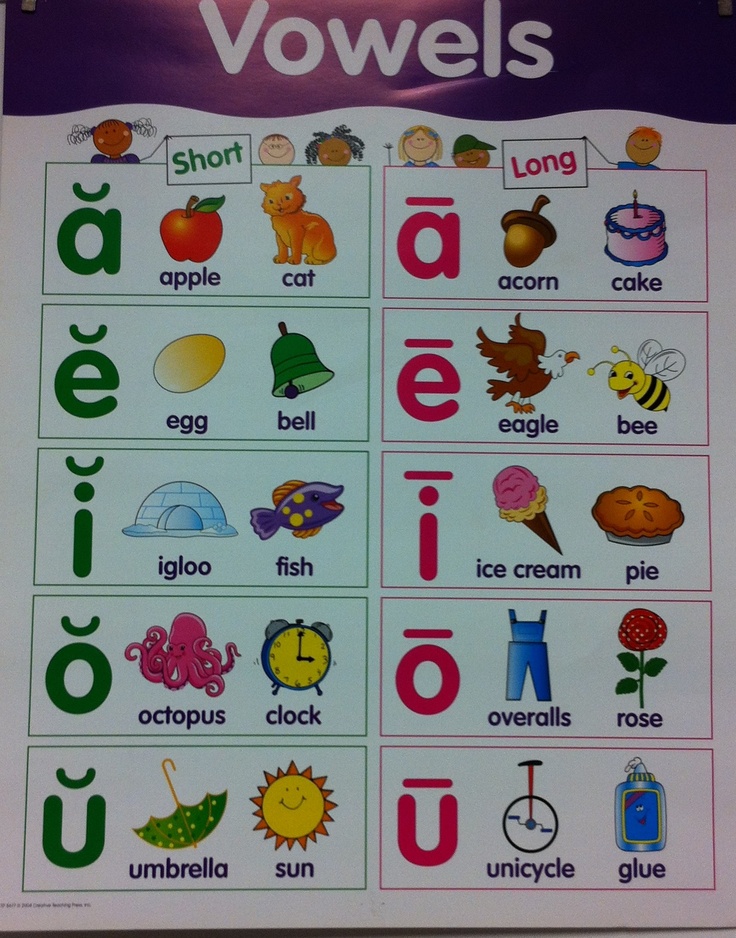
| ɪə | ear, beer, here, idea |
| eɪ | cake, day, train, great, they |
| ʊə | tour, Europe, cure |
| ɔɪ | boy, voice |
Quiz: ɪə eɪ ʊə ɔɪ
Choose the vowel sound (ɪə eɪ ʊə ɔɪ) that we have underlined in each word.
Good luck and please share!
(5) English vowel sounds: əʊ eə aɪ aʊ
You can watch, listen and repeat each vowel sound (əʊ eə aɪ aʊ) and the examples.
Spellings: əʊ eə aɪ aʊ
Here are spelling examples for each vowel sound (əʊ eə aɪ aʊ).
| əʊ | open, coat, grow, although, toe |
| eə | hair, share, bear, their, there |
| aɪ | time, fly, high, pie, eye |
| aʊ | now, house |
Quiz: əʊ eə aɪ aʊ
Choose the vowel sound (əʊ eə aɪ aʊ) that we have underlined in each word.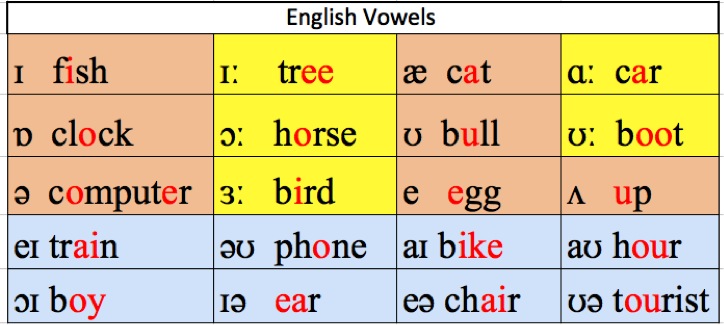
Good luck and please share!
More videos and English courses
Just click on the buttons below for our introduction and English consonant sounds videos, or to find out more information about our English courses to develop your English pronunciation and fluency.
Vowel sounds and letters. How many are there in Russian?
Free introductory lesson in Russian
Enroll
Correct pronunciation of words is one of the components of beautiful and literate speech. To achieve this, you will first have to study the sounds themselves. In this article, we will figure out together what vowel sounds are, how many vowels are in the alphabet of the Russian language, and what sounds they can represent.
What are vowels and sounds
Vowel sounds are those sounds that we freely convey with our voice. Hence their name comes from: voice means "voice".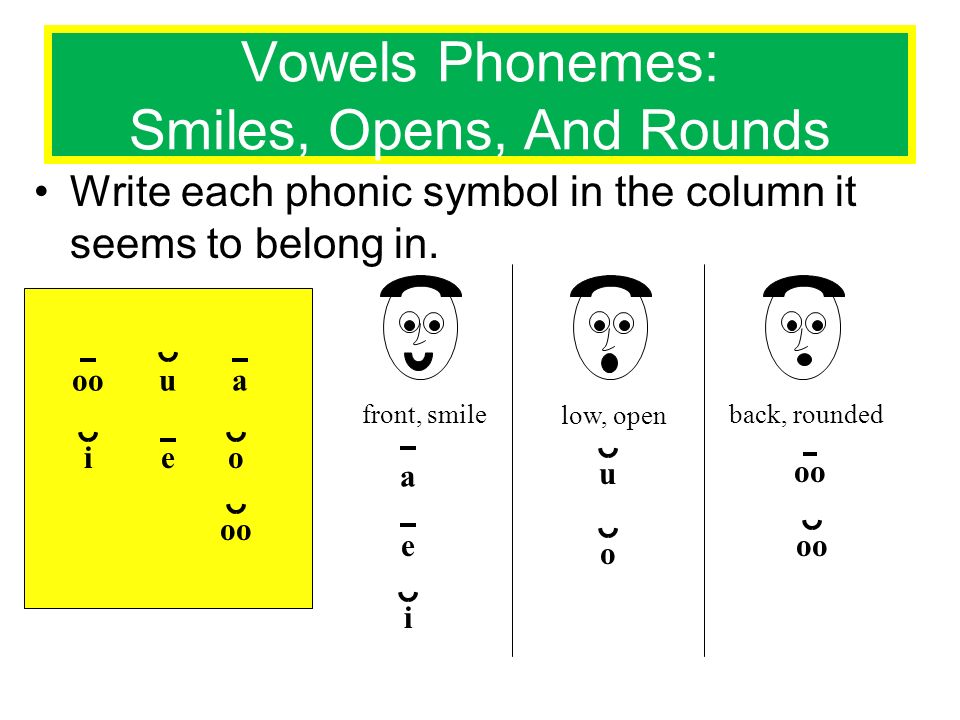 When pronouncing, air exits through the mouth and does not create noise, and the position of the tongue and lips determines which vowel sound we will pronounce.
When pronouncing, air exits through the mouth and does not create noise, and the position of the tongue and lips determines which vowel sound we will pronounce.
There are much fewer vowels in Russian than consonants. There are 6 of them in total: [a], [o], [i], [s], [y] and [e]. To understand whether a vowel sound is in front of you or not, try to sing it. For example:
-
a-a-a ,
-
woo
-
ss .
If it works, then the sound is a vowel. You can't do that with consonants.
There are more vowels than sounds - there are 10 of them: a, i, u, u, o, e, e, e, i, s . This difference is due to the fact that some of these letters can represent two sounds and are pronounced using a combination of a vowel and a consonant [y']. For example, in the word spruce the letter e two sounds are expressed - [y '] and [e]. Let's look at the table all the vowel sounds and the letters that represent them.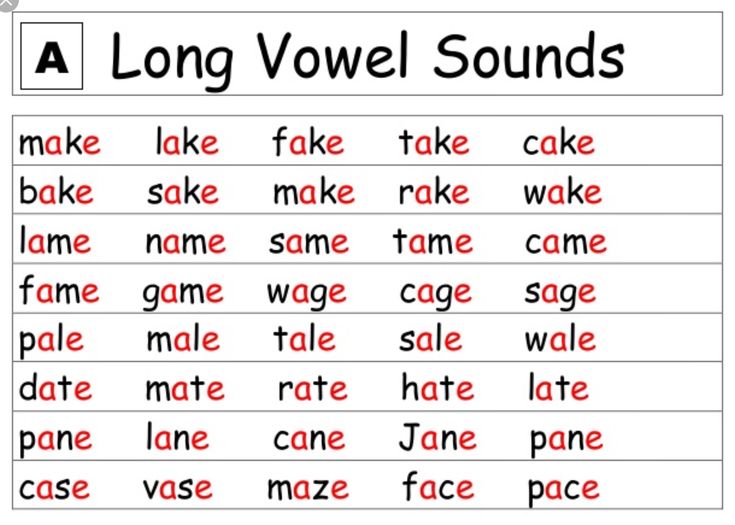
| Letter | Sound | Example |
|---|---|---|
| a | [a] | pharmacy |
| i | [a] [d'] + [a] | change anchor |
| y | [y] | moon |
| [y] [y'] + [y] | love skirt | |
| about | [o] [a] | horse milk |
| e | [e] [y'] + [e] [and] | victory raccoon great |
| e | [o] [d'] + [o] | rope hedgehog |
| e | [e] | evolution |
| and | [and] [s] | caviar life |
| s | [s] | choice |
Demo lesson in Russian
Take the test at the introductory lesson and find out what topics separate you from the "five" in Russian.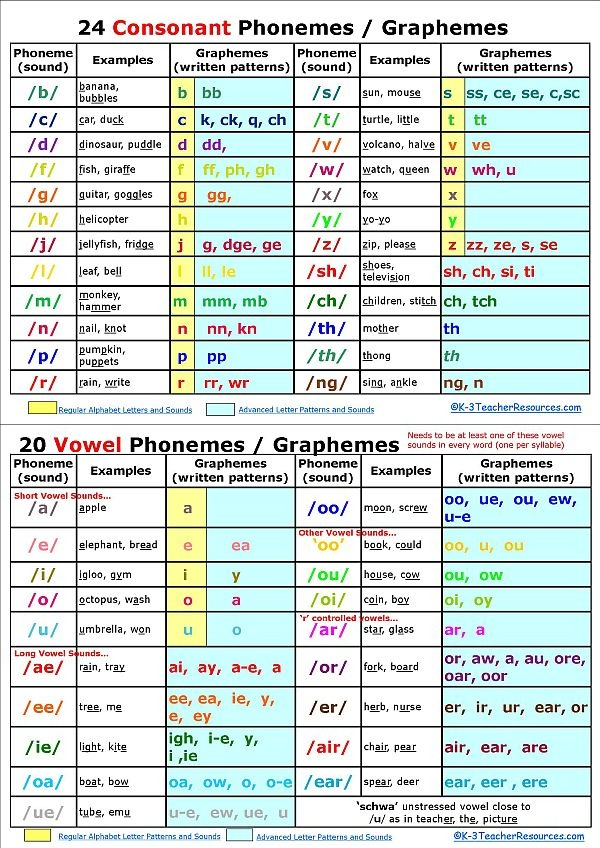
How vowel sounds are related to syllables
Vowel sounds form syllables - sound segments of words that we pronounce with one breath. One syllable can be either a vowel with one or more consonants, or a vowel alone. There is even a rule by which syllables can be counted: how many vowels in a word - so many syllables.
For example, in the word journey there are 5 vowels: [u], [i], [e], [i] and [e]. This means that it has 5 syllables: p-te-she-stv-e .
Test yourself!
Count the number of syllables in the words: try on, tanner, well-groomed, care, prefix, capital, wet, invitation, orange .
Vowel sounds and stress
Now let's see what groups vowel sounds are divided into. Sometimes their pronunciation depends on whether the stress falls on them, that is, whether we single them out with our voice. So vowel sounds are divided into stressed and unstressed. Here are some examples:
| | | |
|---|---|---|
| | | |
| | | |
| | | |
Stress in Russian can fall on any of the existing vowel sounds.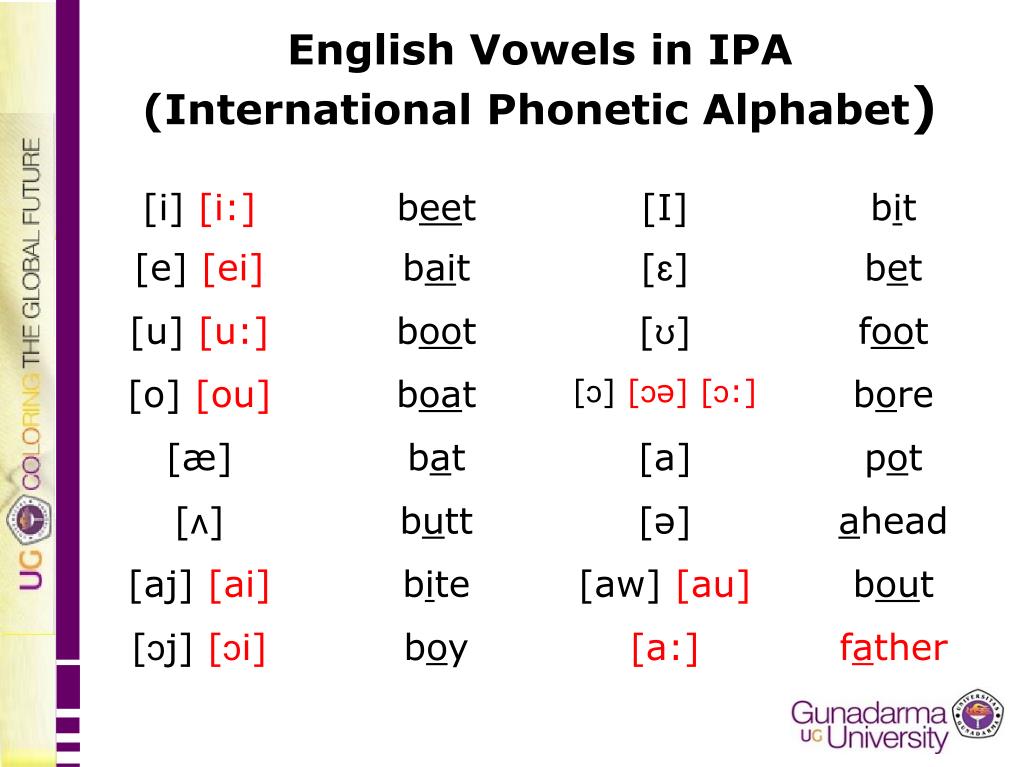 However, only 4 of them can be unstressed - these are [a], [i], [y] and [s]. In this position, we pronounce sounds weaker than under stress, because of which they can change qualities and sound differently.
However, only 4 of them can be unstressed - these are [a], [i], [y] and [s]. In this position, we pronounce sounds weaker than under stress, because of which they can change qualities and sound differently.
Interestingly, the vowels [o] and [e] can only be stressed. There are only a couple of exceptions to this rule: for example, in words cocoa and canoe sounds [o] and [e] in an unstressed position.
How unstressed vowels are related to consonants
How an unstressed vowel sounds depends on the consonant that precedes it. Or rather, from its hardness or softness. If it is a hard consonant, it can be followed by unstressed vowels [y], [a] and [s]. When we talk about a soft consonant, it is followed by unstressed vowels [y] and [and].
| | |
|---|---|
| | |
| | |
| | |
Free English lessons with a native speaker
Practice 15 minutes a day.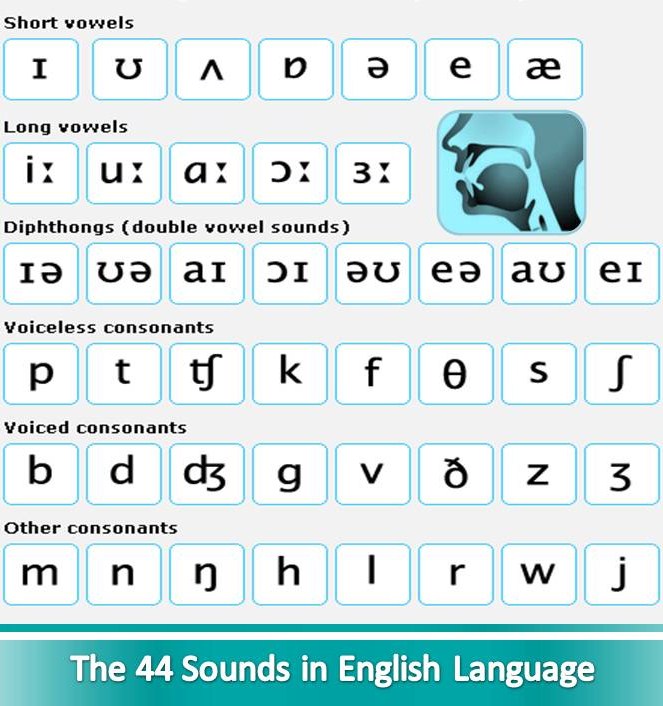 Learn English grammar and vocabulary. Make language a part of life.
Learn English grammar and vocabulary. Make language a part of life.
Test yourself
It's time to find out if you now understand well what vowel sounds are in Russian. To do this, we have prepared tasks for self-examination.
Task 1
List all the vowels in these words:
fair,
rejoice,
doll,
remote,
buddy,
voting,
mirror,
story,
OK,
captivate.
Task 2
Name 5 words each in which the sounds [a], [i], [y] and [s] would be stressed.
Task 3
Name 5 words in which an unstressed vowel would come after a hard consonant and 5 more words where it would follow a soft consonant.
Task 4
Count the number of syllables in the words below (remember to use the rule you learned at the beginning of the article!):
-
weightless,
-
sunrise,
-
adventure,
-
painter,
-
perpetuate,
-
nice,
-
image,
-
category,
-
exciting,
-
melting,
-
snowflake.
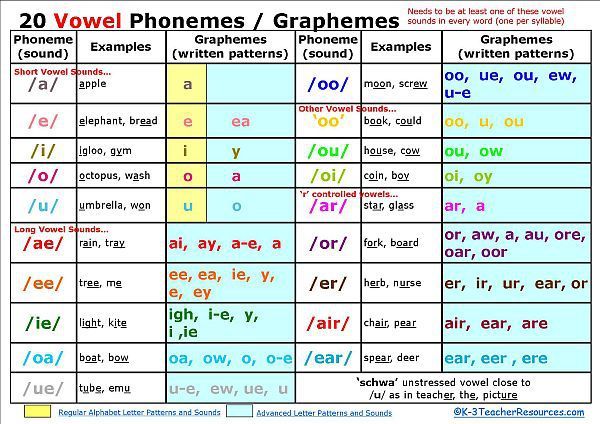
The rules of phonetics help us to speak correctly, so it is important to master the topic of vowels well and avoid gaps in knowledge. If even after reading the article you still have questions on the topic, you can figure them out in the Russian language course at Skysmart. In online lessons, the teacher will help the student work out the theory and consolidate the result on non-boring tasks. So the student will be able to improve the quality of knowledge, and fall in love with the subject.
Cheat sheets for parents
All Rules in Russian at hand
Alena Fedotova
Author Skysmart
to the previous article
Supplement
to the next article
phonetic analysis of
90,0002- Russian language
Signing of vowels
in Russian 10 vowels: 5 vowels of the first row A , O , U , E , s , which show the hardness of the previous consonant and 5 vowels of the second row I , I , I , Yo , Yu , E , and , which show the softness of the preceding consonant.
In Russian 6 vowels А , О , У , E , E , S .
In Russian, iotated letters Я , Е , Е , Yu at the beginning of the word and after the vowel, and also after ь and Ъ the letters denote 9001: 9001 , Yu - [YU], E - [YE], Yo - [YO].
Let's get acquainted with each vowel0012 . Under stress [A] and without stress [A]. If the consonant sounds solid and [A] is heard after it, we write the letter A
(small) . If the consonant sounds soft and [A] is heard after it, we write the letter I (small) . The exception is words with CHA, SCHA. We hear [I], and we write A.The first letter of the alphabet. [A] is pronounced in the alphabet.
Е - second row vowel, which denotes the softness of the consonant .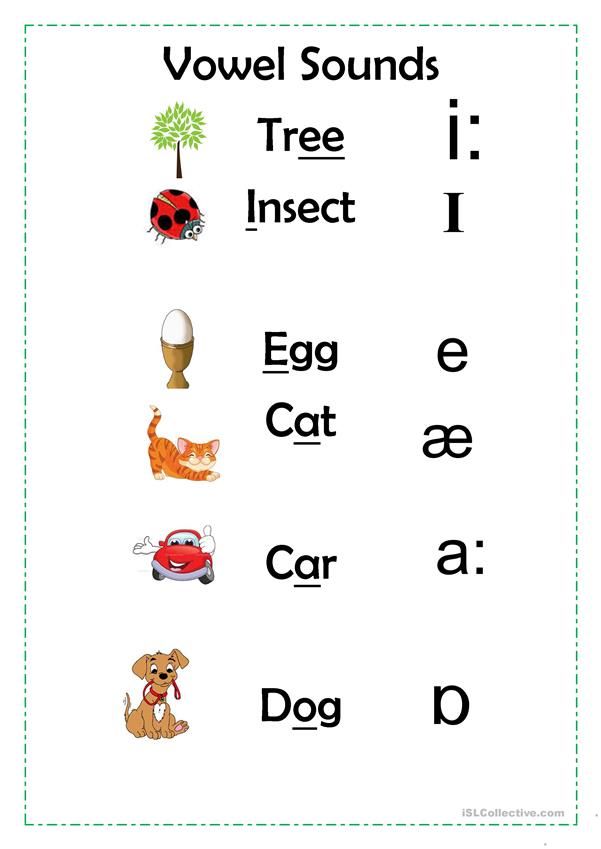 Iotated. There is no [E] sound. The letter E can stand for different sounds depending on the location in the word and stress.
Iotated. There is no [E] sound. The letter E can stand for different sounds depending on the location in the word and stress.
- If E is at the beginning of the word (spruce), after b and b (eat up), after the vowel (trip) , then it means 2 sounds [YE].
- Any iotized letter means 1 sound only if it comes after the consonant (forest) .
Here the letter E stands for the sound [E].
Option 1. Letter E under stress.
- If E is at the beginning of a word (raccoon), after b and b (drive up) , after the vowel (train) , then it means 2 sounds [II]. (Attention! Difficulty! It is better not to pay close attention to this position. Because in fact, a sound appears that represents something in between [I] and [E] - reduction.)
- Any iotated letter denotes 1 sound only if it comes after the consonant (forest) .
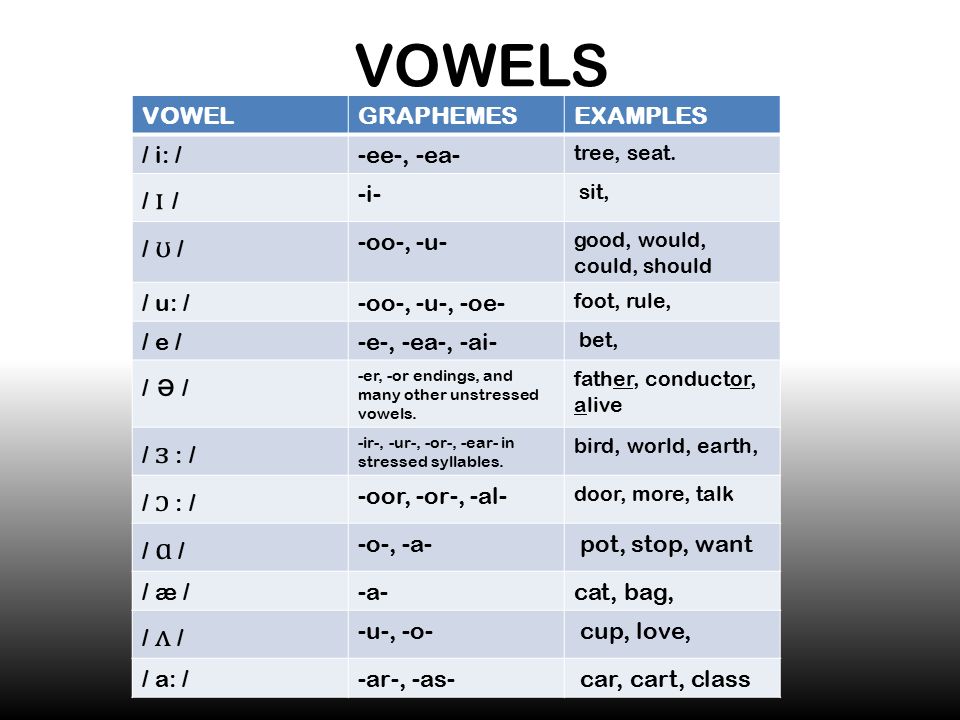 Here the letter E stands for the sound [I].
Here the letter E stands for the sound [I].
Option 2. Letter E without accent.
The sixth letter of the alphabet. [YE] is pronounced in the alphabet.
Yo - is a vowel of the second row, which indicates the softness of the consonant . Iotated. Attention! You can not put an accent on Yo, since Yo is always stressed. There is no [Yo] sound. The letter Ё can stand for different sounds depending on the location in the word.
- If Yo is at the beginning of a word (hedgehog) , after b and b (rise) , after vowel (sings) , then it means 2 sounds [YO].
- Any iotated letter denotes 1 sound only if it comes after the consonant (dog) . Here the letter Ё stands for the sound [О].
The seventh letter of the alphabet. [YO] is pronounced in the alphabet.
And - is a vowel of the second row, which indicates the softness of the consonant .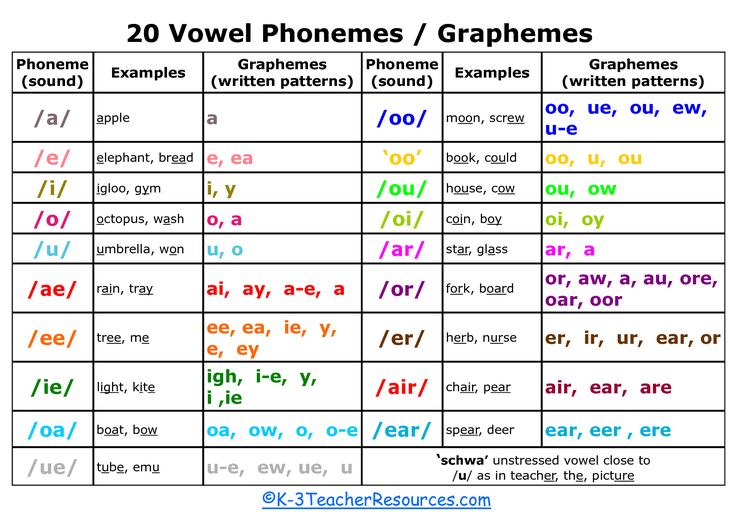 Under stress [I] and without stress [I]. If the consonant sounds soft and after it [I] is heard, we write the letter I (rice) . The exception is words with combinations ZhI, SHI. We hear [Y] and write I.
Under stress [I] and without stress [I]. If the consonant sounds soft and after it [I] is heard, we write the letter I (rice) . The exception is words with combinations ZhI, SHI. We hear [Y] and write I.
The tenth letter of the alphabet. [I] is pronounced in the alphabet.
О - the first row vowel, which indicates the hardness of the consonant . Under stress [O], and without stress [A]. If the consonant sounds solid and [O] is heard after it, we write the letter O (nose) . If the consonant sounds soft and after it is heard [O], we write the letter Yo (carried). Exception - walked, silk
The sixteenth letter of the alphabet. [O] is pronounced in the alphabet.
Y - is the vowel of the first row, which indicates the hardness of the consonant . Under stress [U] and without stress [U]. If the consonant sounds solid and [U] is heard after it, we write the letter U (bow) .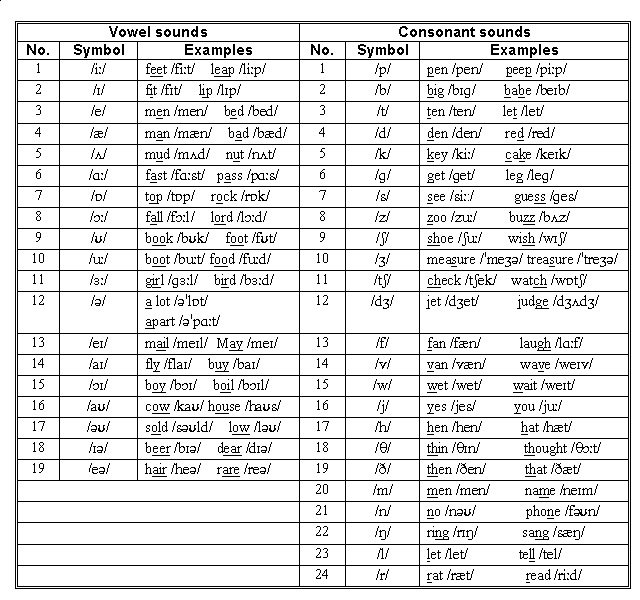 If the consonant sounds soft and [U] is heard after it, we write the letter Yu (hatch) . The exception is words with combinations CHU, SCHU.
If the consonant sounds soft and [U] is heard after it, we write the letter Yu (hatch) . The exception is words with combinations CHU, SCHU.
The twenty-first letter of the alphabet. [Y] is pronounced in the alphabet.
Ы - is the vowel of the first row, which indicates the hardness of the consonant . Under stress [S] and without stress [S]. The letter Y is never at the beginning of a word. If the consonant sounds solid and [Y] is heard after it, we write the letter Y (son) . The exception is words with combinations ZhI, SHI. We hear [Y], and we write I.
The twenty-ninth letter of the alphabet. [Y] is pronounced in the alphabet.
E - vowel of the first row, which indicates the hardness of the consonant . Under stress [E] and without stress [E]. Usually the letter is written after the vowels (poet) or at the beginning of the word (echo) .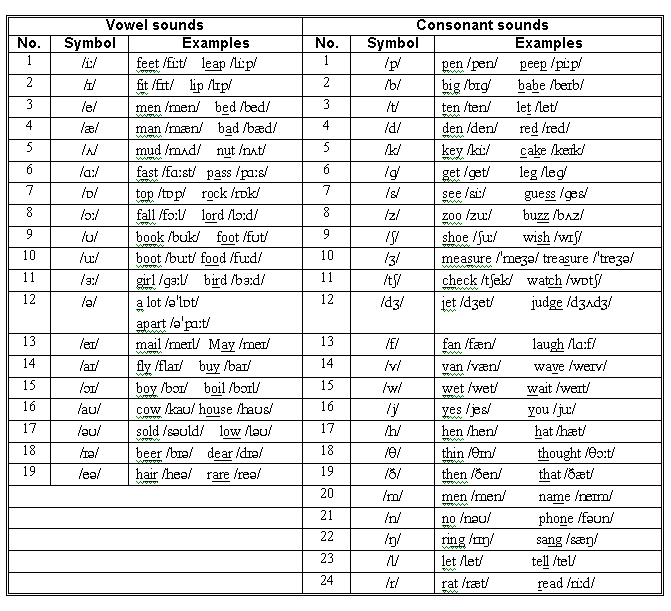
The thirty-first letter of the alphabet. [E] is pronounced in the alphabet.
Yu - is a vowel of the second row, which indicates the softness of the consonant . Iotated. There is no sound [Yu]. The letter Yu can stand for different sounds depending on the location in the word. The accent doesn't matter.
- If Yu is at the beginning of a word (yula), after b and b (drink) , after the vowel (sing) , then it means 2 sounds [YU].
- Any iotated letter means 1 sound only if it comes after the consonant (hatch) . The letter Yu stands for the sound [U].
The exception is words with combinations CHU, SCHU. We hear [Yu], and we write U (pike) .
The thirty-second letter of the alphabet. [YU] is pronounced in the alphabet.
I - second row vowel, which denotes the softness of the consonant . Iotated. The sound [I] does not exist.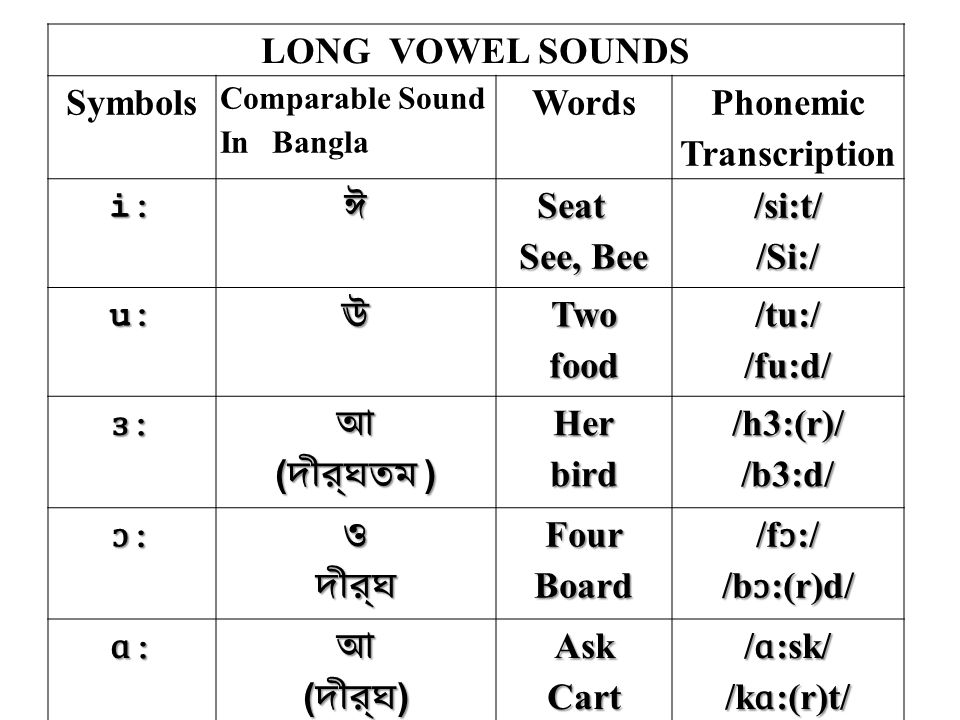 The letter I can stand for different sounds depending on the location in the word and stress.
The letter I can stand for different sounds depending on the location in the word and stress.
- If I is at the beginning of the word (coachman) , after b and b (weeds) , after the vowel (bayan) , then it means 2 sounds [YA].
- Any iotated letter denotes 1 sound only if it comes after the consonant (elm) . The letter I stands for the sound [A].
Option 1. The letter I is under stress.
- If I is at the beginning of the word (coachman) , after b and b (sarcastic) , after the vowel (appearance) , then it means 2 sounds [YA]. (Attention! Difficulty! It is better not to pay close attention to this position. Because in fact, a sound appears that represents a cross between [I] and [A]).
- Any iotized letter means 1 sound only if it comes after the consonant (meat) . Here the letter I stands for the sound [I].
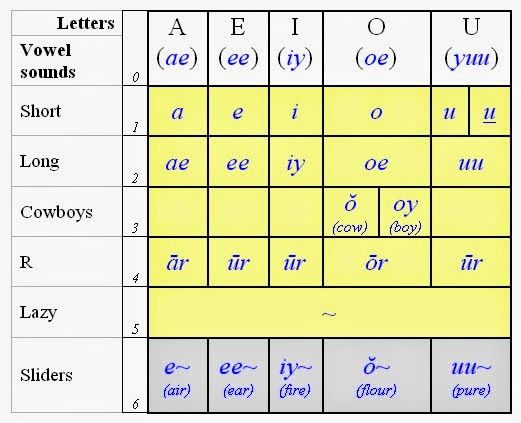
Learn more
Option 2. The letter I without stress.



